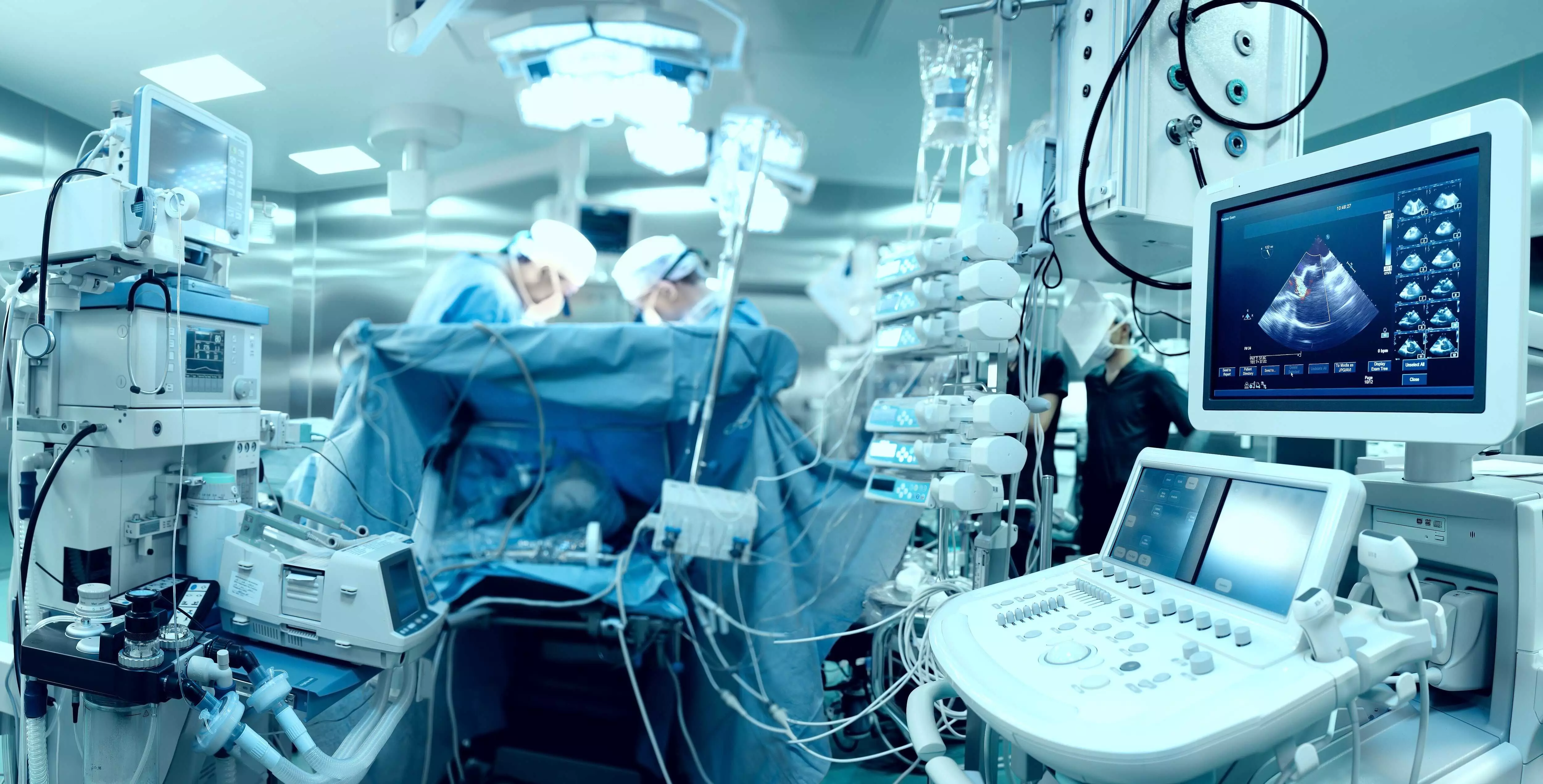An integrated solution
The medical cyber-physical system, which aids simultaneous monitoring of physiological aspects of patients, is a useful component of Society 5.0 but isn’t fully secure yet

With the development of biosensors and improvements in wireless communication, cyber-physical systems (CPS) have taken on an important role in healthcare. The medical device industry has evolved rapidly to include embedded devices, software, and network connectivity. This led to the development of an integrated and distributed system that aids in the simultaneous monitoring of different physiological aspects of a patient, which is the core of a medical cyber-physical system (MCPS). The main requirements of MCPS include security, data protection, availability, flexibility and, more importantly, trust, dependability, and reliability. The advantages of cloud computing in terms of scalability and real-time processing make it a viable candidate to form the backbone of MCPS, enabling critical computation, inference, and decision-making.
A typical architecture of a medical cyber-physical system consists of two spaces, cyberspace and physical space, connected via the Internet such as Bluetooth, Wi-Fi, and Zigbee. Physical space encompasses elements of the real physical world, while cyberspace is the virtual world that houses various electronic media (clouds and edge devices) to facilitate communication. A key component of MCPS is the sensor, which collects important physiological data from the physical space. Sensors with multiple parameters, information, and methods must be properly tuned to minimise the reporting of abnormal readings that can jeopardise the entire system. While data collected from multiple sensors should be consolidated and stored for future use, appropriate processing, and calculation of information, taking advantage of cloud computing in cyberspace, are also important. Edge computing also occupies an important place in MCPS cyberspace, given the need for real-time processing, security, and fast response. Specific protocols and mechanisms should be put in place to ensure coordination between sensors and between physical space and cyberspace. Control and actuation mechanisms, integrated with efficient detection, decision-making, and alarming to signal authorised caregivers, are essential in MCPS.
MCPS in Society 5.0
From a Society 4.0 angle, MCPS has advanced from a traditional device that incorporates easy controls to clever structures that compose artificial intelligence (AI). A few examples include the robot for interactive body assistance (RIBA), Kompai, which is a plainspoken non-public assistant for grandma, and the interactive android that enables kids with autism to enhance their social and emotional interactions. In current times, the advancements in digital technology have brought about terrifically useful improvements in robotic surgical procedures, which can be accomplished with a minimum of invasion, ultimately assisting in fast recovery. In Society 5.0, medical structures consist of humans in the loop between the cyber and physical areas for a series of data, tracking, and controlling the activities in each space. The social interactions/relationships that human beings have among themselves and the devices are taken into consideration while shifting closer to the superior human-focused Society 5.0. However, finding the balance between flexibility and security is a major challenge for implementing MCPS, as society-wide implementations sometimes allow attackers to penetrate systems and pose serious security and privacy threats, leading to patient deaths. Limiting a system's capacity to take orders from outside networks has thus far failed to be a useful remedy in Society 5.0.
Are we ready?
As we live in the age of the Internet of Things (IoT), fully connected, and informed, we are moving towards "society 5.0" where it is no longer about collecting information but about understanding it and working independently to develop an intelligent society with increased trust. With today's technological advances, there is no doubt that the concept of "society 5.0," a hyper-intelligent, human-centric society, will lead to improved living standards and economic growth. The usage of AI across data-driven services and the creation of ecosystems by integrating all services are what Society 5.0 will look like in the near future. However, efficiency will only be achieved if we flexibly rethink how we operate and organise everything: country, workplace, and community. Collaborative approaches, coupled with the vast availability of real-time data and the legacy of fundamental research, pave the way for a human-centric model of Society 5.0, a digital society.
The writer is Associate Professor, Dept of Computer Science, Techno International New Town. Views expressed are personal



